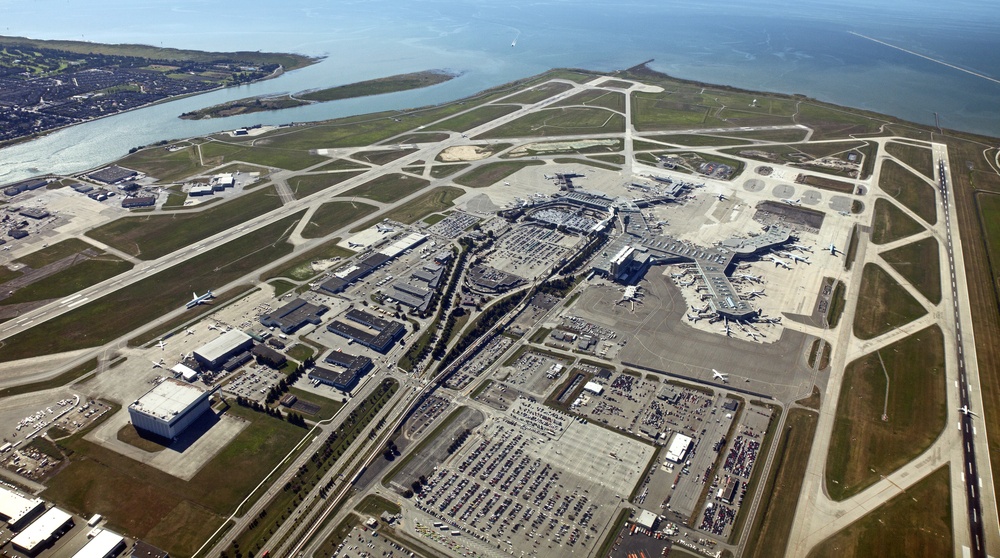The North Runway of Vancouver International Airport (YVR) is now approaching 20 years old and is in need of major upgrades.
Vancouver Airport Authority announced today it is moving forward with the upgrade project, which involves providing a complete 23-cm thick asphalt overlay of the North Runway and connecting taxiways, and the raising of the runway’s embedded electrical and lighting infrastructure, which includes the installation of 1,500 new LED lights.
The North Runway is mostly used for aircraft landings, and its operating hours are between 10 pm and 7 am to reduce the noise impact on residential areas.
The forthcoming construction work will be performed nightly during the North Runway’s existing eight-hour closure period from 10 pm to 7 am. Under this work schedule, YVR is not anticipating any impact on flight schedules, with the runway returning to service after 7 am each day.
During the peak season, the North Runway sees as many as 369 aircraft movements per day. The North Runway was built as part of YVR’s modernization transformation in the 1990s, which included the construction of most of the terminal building that currently exists.
Construction will begin in April 2025 and reach completion in October 2025. The project carries a cost of $133 million.
”This program includes important and necessary work for the long-term resilience of our North Runway, which serves millions of travellers and businesses each year. We are pleased to be working with Kiewit, Tristar and their subcontractors to carry out the program safely and on time,” said Tamara Vrooman, president and CEO at Vancouver International Airport, in a statement.

Aerial of Sea Island and Vancouver International Airport. (Josef Hanus/Shutterstock)
Over the past two years, YVR has also performed extensive upgrades to the South Runway and connecting taxiways. The South Runway sees significantly more use than the North Runway, especially for aircraft departures. Construction work was briefly paused in 2023 when crews unearthed Indigenous artifacts.
Earlier this month, YVR reached completion on its realignment of Ferguson Road — the long east-west road just north of the North Runway — to support the creation of new industrial building developments on Sea Island, such as Canada Post’s future major expansion of its Pacific Processing Centre, and improved truck access for Metro Vancouver Regional District’s $10 billion Iona Island sewage treatment plant construction project. Ferguson Road’s configuration has also been upgraded with wider vehicle travel lanes, new turning lanes, and wider shoulder lanes for cycling.